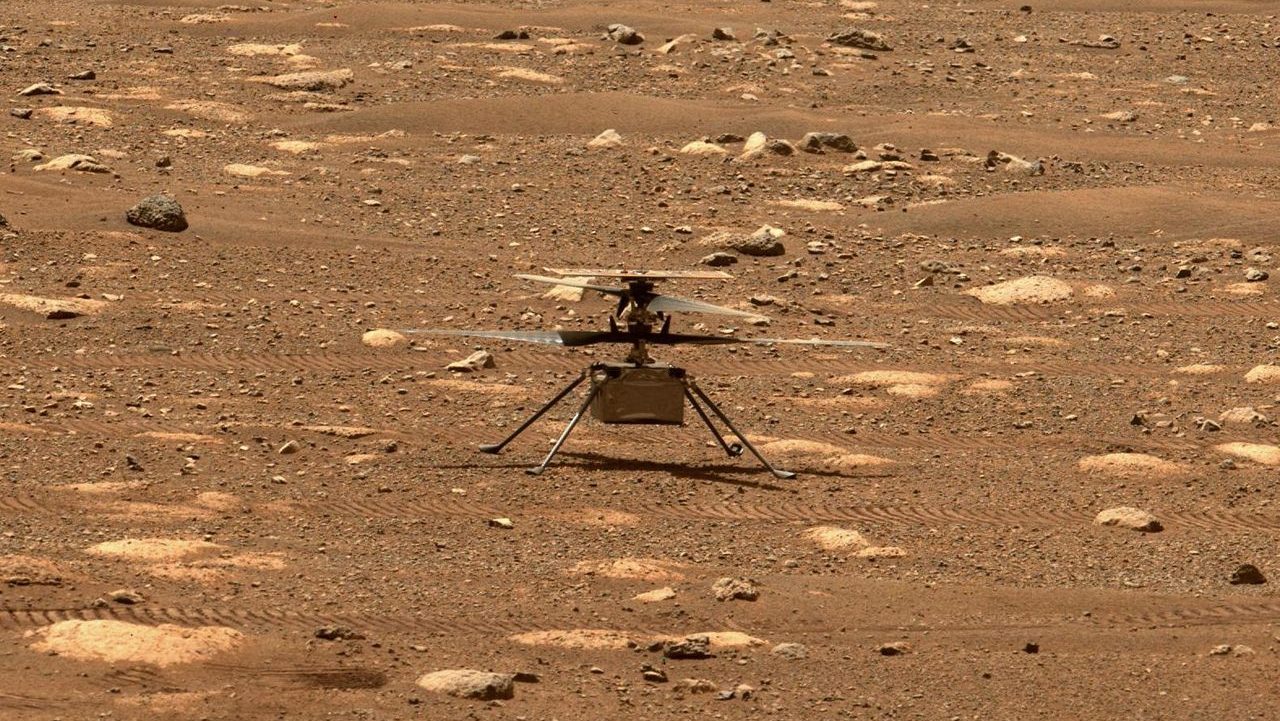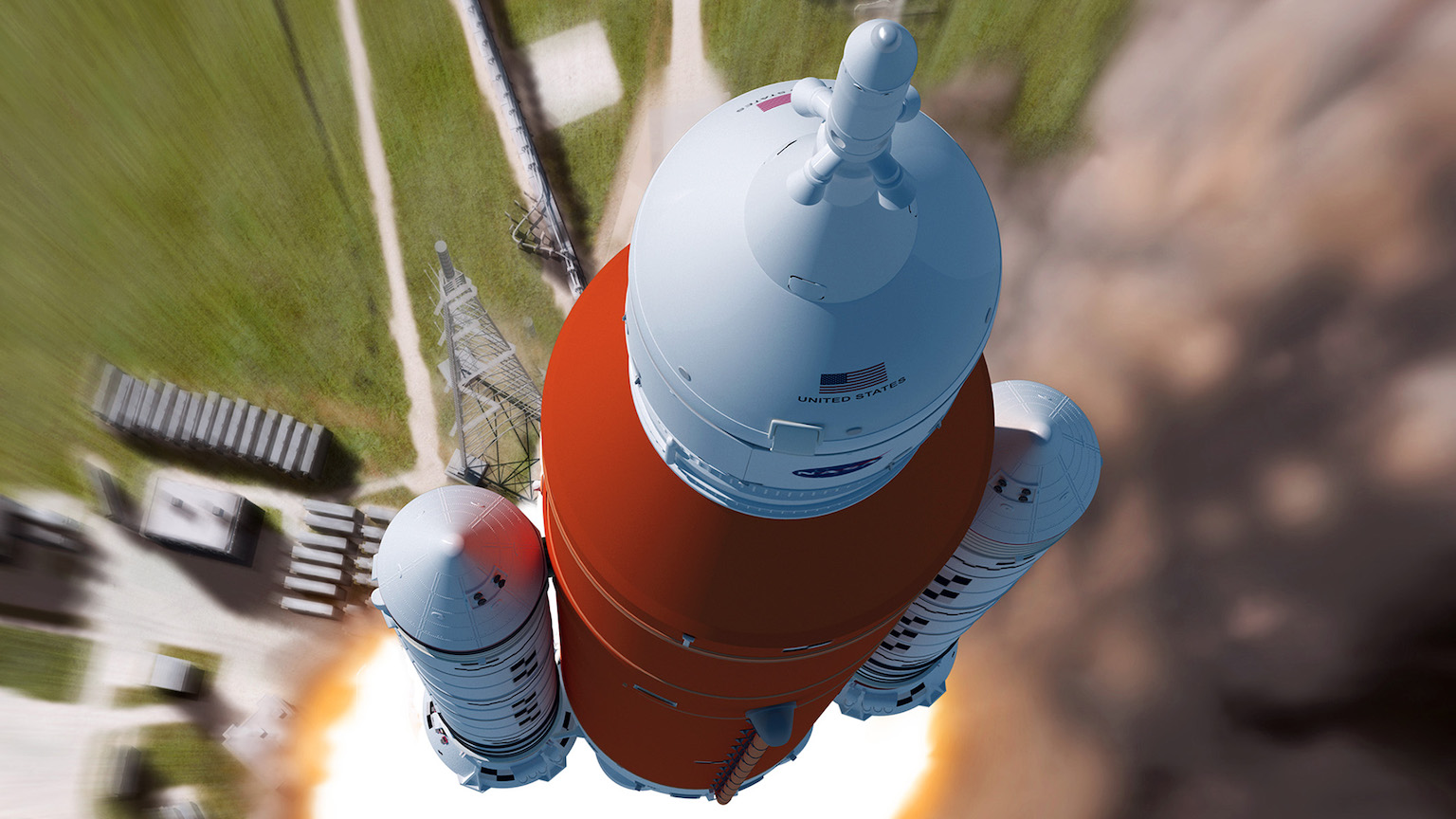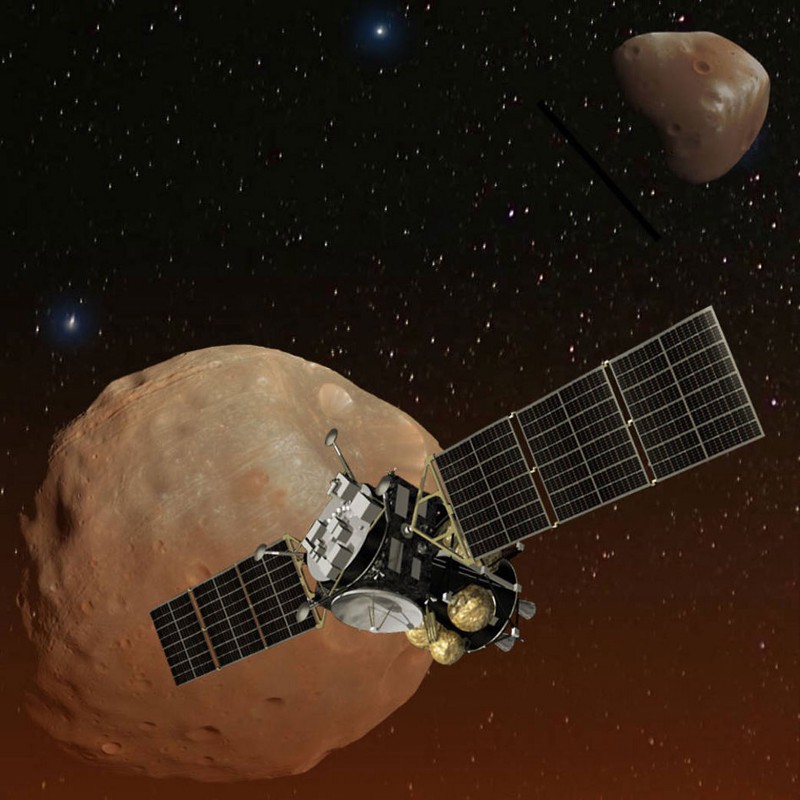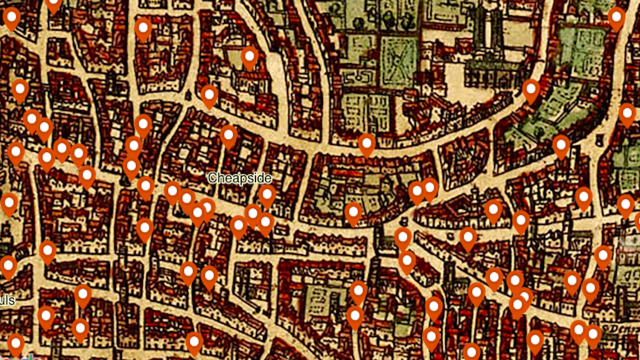NASA releases first sounds ever captured on Mars
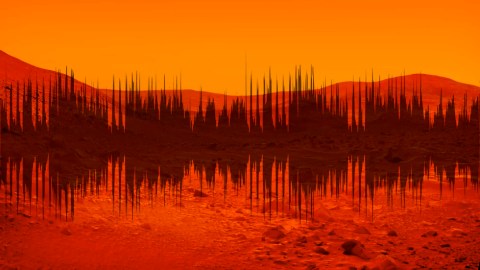
NASA
- The audio captured by the lander is of Martian winds blowing at an estimated 10 to 15 mph.
- It was taken by the InSight Mars lander, which is designed to help scientists learn more about the formation of rocky planets, and possibly discover liquid water on Mars.
- Microphones are essentially an “extra sense” that scientists can use during experiments on other planets.
In 1976, NASA’s Viking 1 snapped the photos of the surface of Mars. Today, some four decades later, the agency released the first audio ever captured on the surface of the red planet.
The audio is of Martian winds blowing past the agency’s InSight Mars lander, which touched down on the red planet on November 26.
“Capturing this audio was an unplanned treat,” Bruce Banerdt, of NASA’s Jet Propulsion Laboratory, said in a press release. “But one of the things [the InSight mission] is dedicated to is measuring motion on Mars, and naturally that includes motion caused by sound waves.”
Scientists estimated the low-pitched, rumbling noises to be caused by 10- to 15-mph winds.
“Hearing the first sounds ever recorded on the surface of another planet is a privilege. We have a great team, and we’re doing incredible things every day at NASA,” NASA administrator Jim Bridenstine said.
InSight’s mission, led by NASA’s Jet Propulsion Laboratory, aims to help scientists learn about the early development of rocky planets, and possibly discover the presence of liquid water on Mars.
“The lander uses cutting edge instruments, to delve deep beneath the surface and seek the fingerprints of the processes that formed the terrestrial planets,” NASA wrote on its website. “It does so by measuring the planet’s “vital signs”: its “pulse” (seismology), “temperature” (heat flow), and “reflexes” (precision tracking).”
Listening for sounds on Mars
It’s not the first time NASA has tried to capture audio on the Martian surface. The agency’s Mars Polar Lander was outfitted with a microphone, but that craft ultimately crashed into the planet in 1999 after shutting its engines off too early. The Phoenix Lander managed to stick its landing in 2008, but NASA chose not to engage the craft’s camera or microphone after a mission malfunction.
NASA plans to capture more audio from the red planet on its Mars 2020 mission. That lander will be equipped with two microphones that will, among other things, listen to what happens when the craft fires a laser at rocks on the surface. When that happens, parts of the rock will vaporize, causing a shockwave that makes a popping sound. The noises captured from interactions like these can help tell scientists about the mass and makeup of the rocks.
In other words, microphones give scientists another “sense” to use during experiments on the Martian surface.

